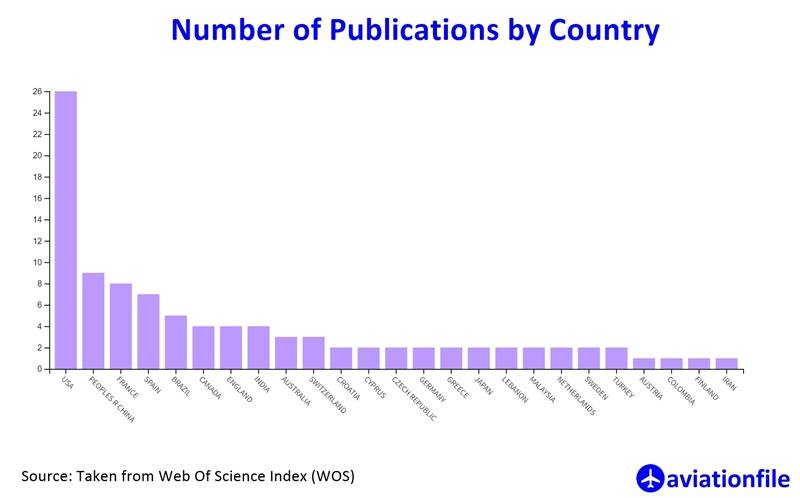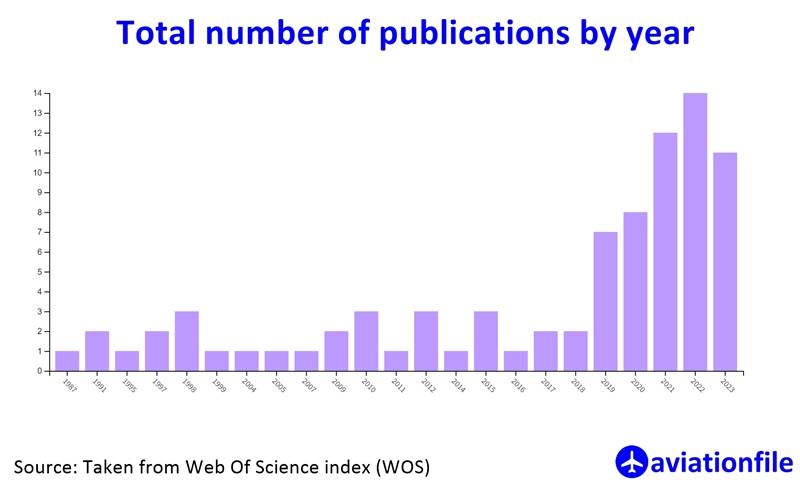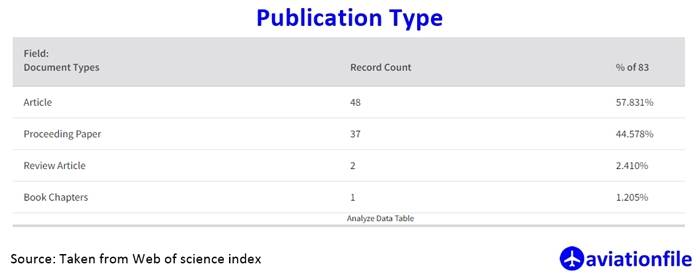Scientific Studies Explore Artificial Intelligence – AI’s Potential in Air Traffic Control
Researchers are actively investigating how artificial intelligence (AI) can transform air traffic control (ATC). Their studies delve into various areas, including:
- AI-powered automation: Streamlining routine tasks and freeing up controllers for complex decisions.
- Predictive traffic models: Anticipating congestion and proactively managing air space.
- Enhanced conflict detection: Identifying potential collisions with greater accuracy and faster response times.
- Decision-support tools: Providing controllers with real-time data visualizations and AI-generated recommendations.
- Next-generation ATC systems: Building intelligent platforms capable of adapting to dynamic traffic patterns and unforeseen events.
These studies aim to unlock the potential of AI for safer, more efficient, and sustainable air travel.
Key benefits of AI in ATC:
- Increased capacity: Handle more flights in the same airspace.
- Reduced delays: Streamline traffic flow and minimize wait times.
- Improved safety: Enhance situational awareness and prevent accidents.
- Optimized fuel efficiency: Plan flight paths for greater fuel savings.
Challenges and considerations:
- Ethical concerns: Ensuring transparency, accountability, and fairness in AI decision-making.
- Data privacy: Protecting sensitive information and mitigating cyber threats.
- Human-machine collaboration: Defining clear roles and responsibilities for controllers and AI systems.
- Regulatory framework: Developing appropriate standards and guidelines for AI adoption in ATC.
Despite these challenges, the potential benefits of AI in ATC are vast. Ongoing research and collaboration between academia, industry, and regulatory bodies are paving the way for a smarter and more efficient aviation future.

The image1 shows the number of publications by country in the field. The United States (USA) is the clear leader, with over twice as many publications as the next country, China. France, Spain, Brazil, and Canada are also among the top publishers.
Another interpretation of the image is that it reflects the relative importance of the topic to different countries. The USA, China, France, Spain, Brazil, and Canada are all major aviation economies. It is therefore understandable that these countries would have a high number of publications in the field.

The image2 shows a graph of the total number of publications by year in the field. The graph shows an overall upward trend, with a significant increase in the number of publications in recent years.

The image3 shows a table of the types of publications in the field. The table shows that the most common type of publication is the article, followed by the proceeding paper, the review article, and the book chapter.
References and Further Reading
- CORDIS Results Pack on AI in air traffic management – Bringing intelligent and trustworthy automation to Europe’s aviation: https://www.sesarju.eu/node/4254
- Design Engineering Machine Learning and Artificial Intelligence in Air Traffic Control: Recent Development as a Research Perspectives: https://www.researchgate.net/publication/323550611_OPTIMIZATION_AND_AUTOMATION_OF_AIR_TRAFFIC_CONTROL_SYSTEMS_AN_OVERVIEW
- Putting the AI in air traffic control: https://www.turing.ac.uk/about-us/impact/putting-ai-air-traffic-control
- Propelling the application of artificial intelligence in air traffic control: https://canso.org/propelling-the-application-of-artificial-intelligence-in-air-traffic-control/
Additional Resources:
- NextGen Air Transportation System (NextGen): https://www.faa.gov/nextgen
- EUROCONTROL: https://www.eurocontrol.int/
- Civil Air Navigation Services Organisation (CANSO): https://en.wikipedia.org/wiki/Civil_Air_Navigation_Services_Organization
- The Alan Turing Institute: https://www.turing.ac.uk/


